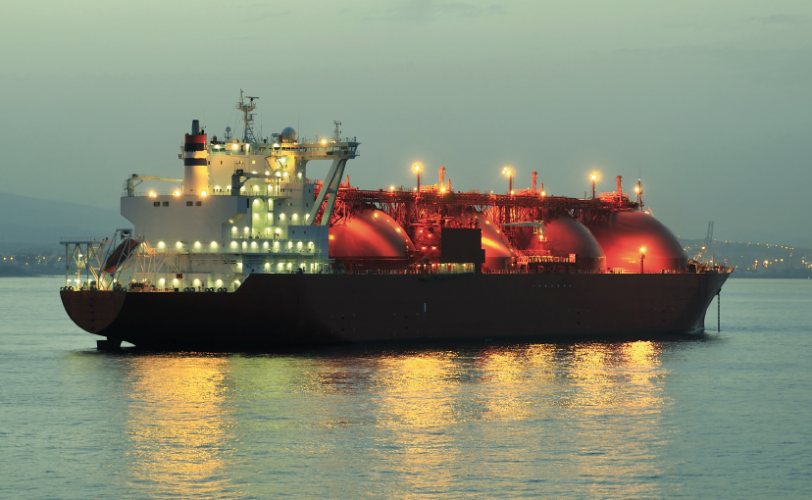
In a marine industry fuelled by innovation and technology there are sometimes operations which are construed as having either peaked in development or not seen as an area of improvement unless absolutely necessary. The latter often being a reactive action due to safety risks.
One of the fundamental industry operations is the mooring of vessels. Traditionally, large vessels such as LNG vessels or tankers would have used steel wire ropes (on a winch with a synthetic ‘stretchy tail’ to absorb dynamic wave induced motions) for mooring due to their strength and heavy-duty qualities, however overtime these would become difficult to handle, manage and maintain. This significantly increased the vessel time at berth in addition to creating safety risks from wire and rope breakages and wear.
As technology moved forward some vessels welcomed the introduction of HMPE rope, a synthetic fibre with high strength, making them largely equivalent in performance to the steel wire rope it replaced.
An effective way of permanently addressing HMPE rope wear issues and risks that easily allows for the universal adoption of synthetic ropes over wire rope is the use of one of Nylacast’s patented low-friction Chock Liners – the low-friction Chock Liner is created from a custom-formulated grade of engineering polymer. The use of this material allows for the delivery of increased performance, safety and efficiency for the mooring operation itself and the overall vessel…










Water Sector Talent Exodus Could Cripple The Sector
Maybe if things are essential for the running of a country and we want to pay a fair price we should be running these utilities on a not for profit...